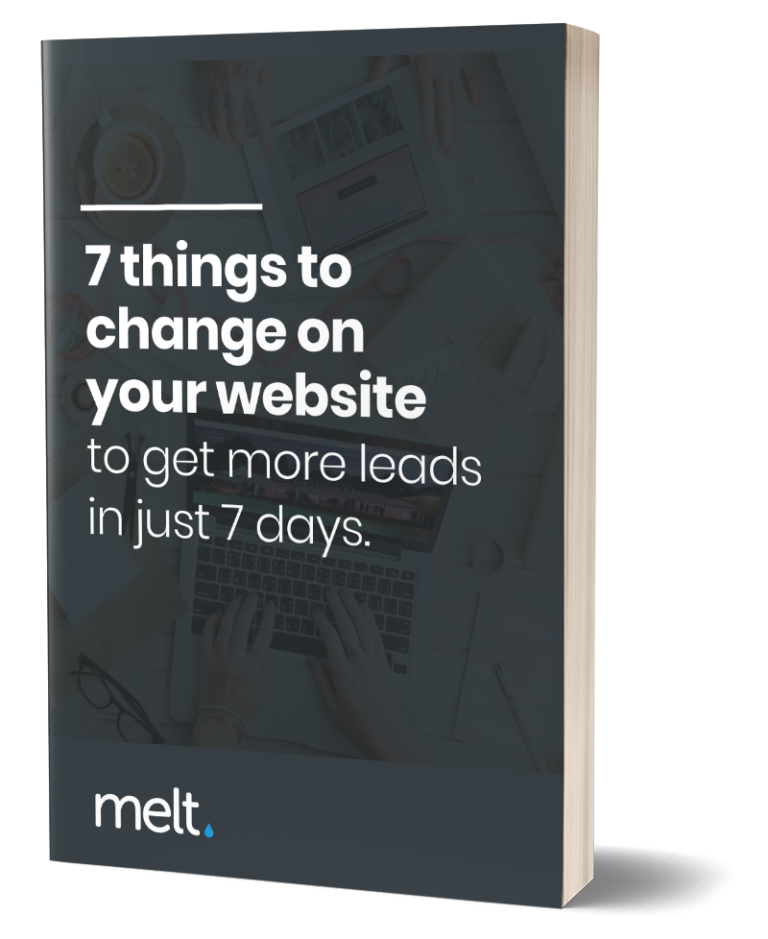Getting your website to the top of Google is the Holy Grail. There’s no doubting that if you attain that magical number one spot in organic search results, you’re guaranteed a higher click through rate as well as a better quality lead for your business.
Sadly everyone is chasing the same dream and it’s getting harder and harder to achieve the top spot.
The good news is although everyone can fight for top spot – few people seem to be getting the basics right.
Here’s my guide to avoiding the basic mistakes and climbing the ranks.
Firstly, building a technically sound website is vital for any successful SEO Campaign.
Here are nine of the most basic mistakes to avoid.
1- NO SITEMAP
A sitemap is an XML file. It feeds data to search engines about a website’s most important pages such as the date of the last update and the importance of a page compared to others. All this allows its spider to crawl the site more intelligently and economically. Although creating a sitemap can’t guarantee search engine success, it’s certainly a quick win and is relatively easy to implement.
2 – FAILED CANONICAL DOMAIN CHECK
When a domain fails a canonical check, this implies the homepage is accessible through more than one URL. For example, webdesignermag.co.uk/index.php, webdesignermag.co.uk/home.php and webdesignersmag.co.uk all load the homepage. Having multiple URLs load, identical content is a problem. Why? Because inbound like equity can become divided and this diminishes the overall SEO site value. What are the solutions? Either implement the correct canonical tags or have 301 redirects pointing the duplicate pages to only 1 location.
3 – SLOW LOAD TIMES
Broadband speeds in the UK are improving. However, Google announced in 2010, that loading times were included in their algorithm, with slow loading times for desktops and mobiles still being a problem. Using Google’s PageSpeed insights tool, any page can be analysed – identifying reasons and solutions for slow process speeds. Common solutions include: eliminating render-blocking JavaScript and CSS above – the – fold, leveraging browser caching, optimising images, enabling compression and minifying JavaScript, CSS and HTML (which means removing any unnecessary spaces.)

Discover where your website is holding you back with a free, personalized audit report. Uncover what's keeping your site from reaching its full potential and start taking action today!
4 – NO HEADER TAGS
Header tags give content its structure. Help the search engines understand which parts are important. Search engines use header tags to prioritise a page’s content and incorrect use can result in confusion. The solution is to ensure that the main tag is unique and accurately incorporates the topic of the page including relevant keywords. Likewise, any following subheadings should use tags where applicable.
5 – MISSING IMAGE DESCRIPTION
Search engines can’t understand images. It’s imperative therefore to attach descriptive and relevant text, in the form of an Alt attribute. Allowing the search engine to understand the image.
It’s an opportunity to add relevancy and keyword rich descriptions to the page. A common mistake is to be too vague with the descriptions. For example, a pair of blue trainers can be further advanced into blue and white, limited edition Nike running trainers.
6 – POOR METADATA
Title tags are still regarded as one of the most significant influences for on-site SEO success. This is the first thing the user sees on search result pages. It should be unique, succinct (70 characters max) and keyword optimised according to the content subject matter of the page. Meta descriptions are also important as they are essentially an opportunity to entice the user to click through to the page in the form of ad copy. If you’re using a CMS system of any merit, this will be extremely easy to add and edit.
7 – KEYWORD SPAMMING
Ensuring that a fine balance of target keywords is incorporated into the body of a page is a challenging feat for any copywriter. Too much and the page appearing spammy is a risk, but too little and the search engine may have trouble understanding what to rank for. The solution is to use a good range of targeted variations of the keywords of the page. Be careful, though you don’t want to kill the way your site copy reads for visitors by throwing in keywords to impress Google. Engage your readers first and the search spiders will love you too.
8 – DUPLICATE CONTENT
Having duplicate pages within a website is a common mistake. Occurring on larger or eCommerce sites with lots of product listings, resulting in negative consequences if this is not addressed. Common instances of duplication can occur where filters are applied to product listings or where several minor variations of a product exist. A solution to this is to use a canonical tag. This can point the duplicates pages to the corresponding main pages- essentially having one page gaining all of the SEO value.
9 – THE WAY YOU NAME YOUR LINKS
Anchor text is the clickable text of any link on a page. When a website is crawled, the search engine uses this when ascertaining the content and relevance of any associated page. Using generic anchor text such as ‘click here’ when linking to internal pages is a missed SEO opportunity. The anchor text should include relevant keywords that the page wants to be rank for. Over-optimising can also have a negative effect so keep the balance right.

